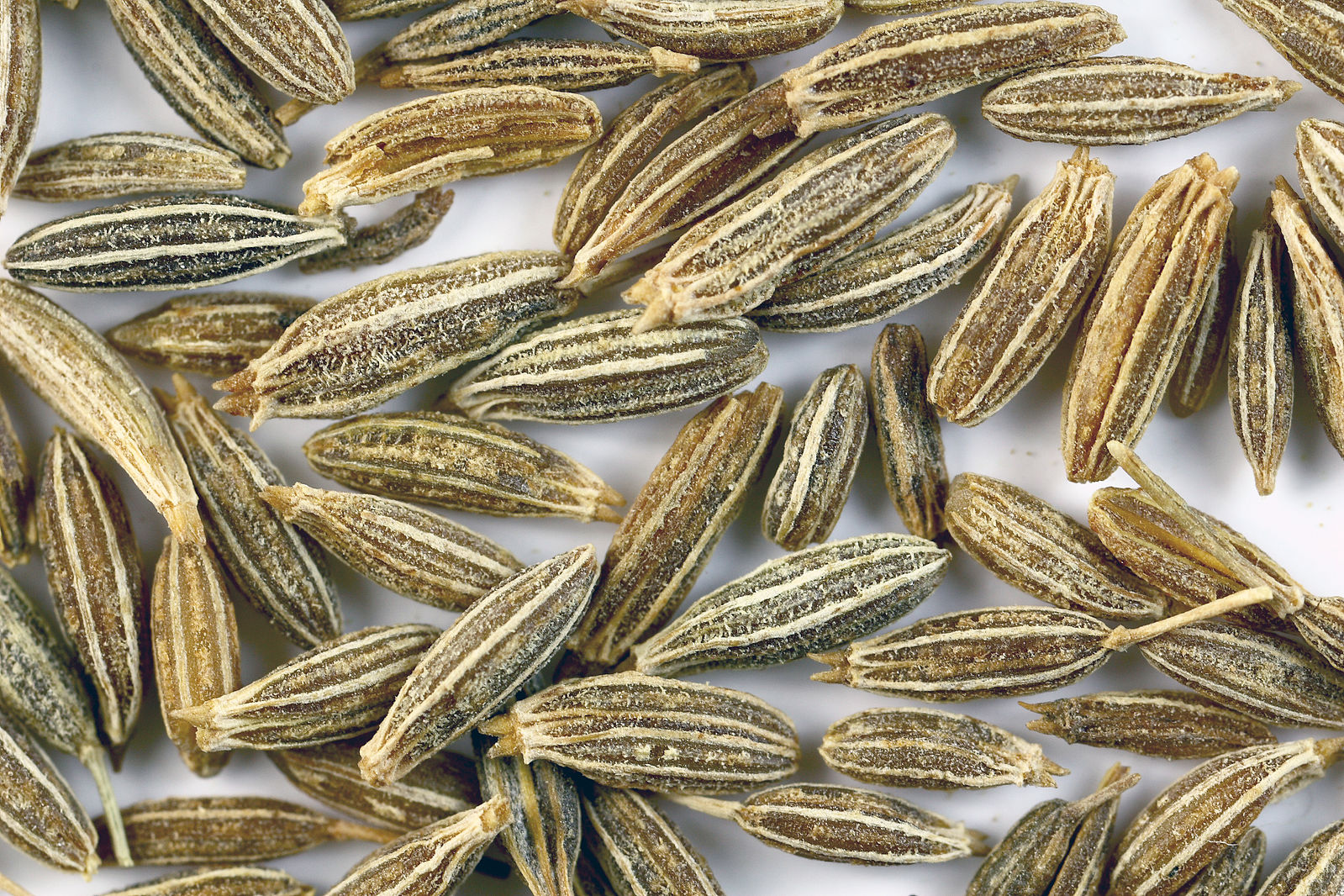open-Qmin#
Fast, scalable, customizable software for Landau-de Gennes numerical modeling of nematic liquid crystals and their topological defects
Overview#
Open-Qmin is an open-source code base for numerical modeling of nematic liquid crystals and their topological defects at equilibrium, by relaxation of a finite-difference lattice discretization of the Landau-de Gennes free energy. This project aims to be:
Fast: Allows utilization of GPU or CPU resources, and uses efficient minimization routines like the Fast Inertial Relaxation Engine (FIRE).
Scalable: Automates MPI parallelization, allowing users to exploit as many CPU cores as they have available in order to access supra-micron scales often closer to experimental dimensions.
Customizable: Users can specify boundary conditions, external fields, and material properties, usually without requiring recompilation. Common boundaries like planar walls or colloidal inclusions can be added with provided recipes; or users can define custom boundary geometries site-by-site.
A peer-reviewed article in Frontiers in Physics describes open-Qmin’s theoretical approach, numerical implementation, and basic usage. Some information is more up-to-date in the documentation you’re reading here.
Citation#
If you use open-Qmin for a publication or project, please cite:
Daniel M. Sussman and Daniel A. Beller. “Fast, scalable, and interactive software for Landau-de Gennes numerical modeling of nematic topological defects.” Frontiers in Physics 7 204 (2019). DOI: 10.3389/fphy.2019.00204
Other peer-reviewed papers using open-Qmin#
C. Long, X. Tang, R. L. B. Selinger, and J. V. Selinger. “Geometry and mechanics of disclination lines in 3D nematic liquid crystals.” Soft Matter 17: 2265 (2021). DOI: 10.1039/D0SM01899F
A. Modin, B. Ash, K. Ishimoto, R. L. Leheny, F. Serra, and H. Aharoni. “Tunable three-dimensional architecture of nematic disclination lines.” Proceedings of the National Academy of Sciences 120: e2300833120 (2023). DOI: 10.1073/pnas.2300833120
G. Park, Y.-S. Choi, S. J. Kwon, D. K. Yoon. “Planar Spin Glass with Topologically Protected Mazes in the Liquid Crystal Targeting for Reconfigurable Micro Security Media.” Advanced Materials 36: 2303077 (2023). DOI: 10.1002/adma.202303077
H. S. Yun, Z. C. Meijs, G. Park, Y. Fu, L. Isa, D. K. Yoon. “Controlling liquid crystal boojum defects on fixed microparticle arrays via capillarity-assisted particles assembly.” Journal of Colloid and Interface Science 645: 115 (2023). DOI: 10.1016/j.jcis.2023.04.100
Acknowledgements#
The first release of open-Qmin was supported by
National Science Foundation Grant POLS-1607416
Simons Foundation Grant 454947
NVIDIA Corporation
XSEDE Grant NSF-TG-PHY190027
The Multi-Envrionment Computer for Exploration and Discovery (MERCED) cluster at UC Merced, funded by NSF grant ACI-1429783
Ongoing development is supported by
National Science Foundation Grant DMR-2046063
